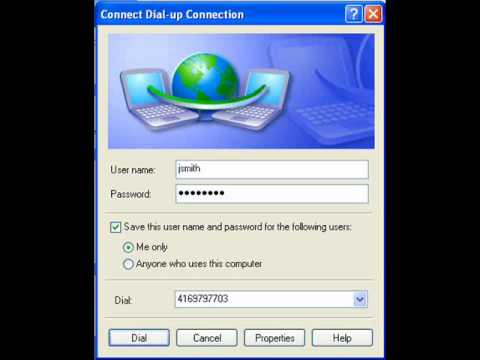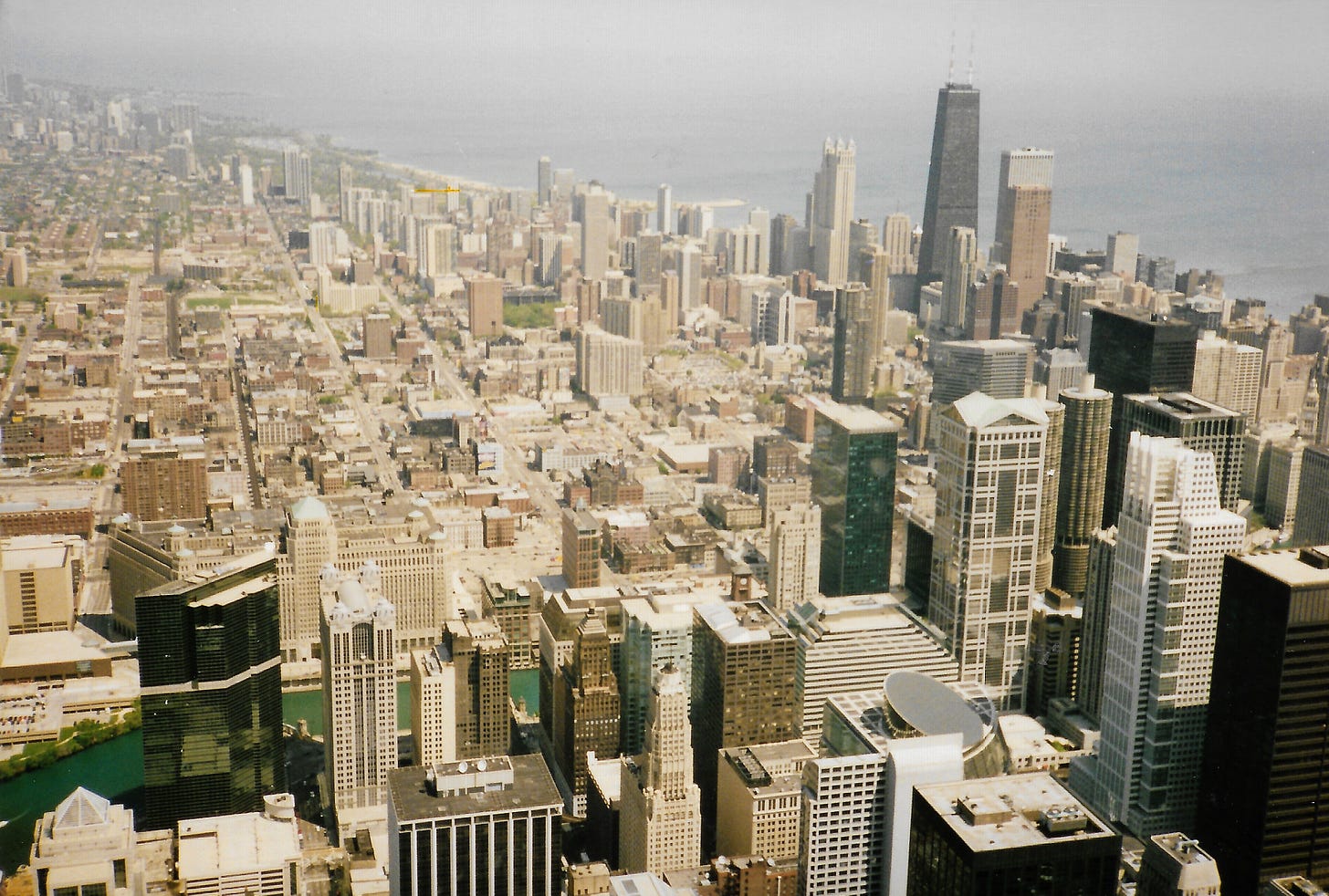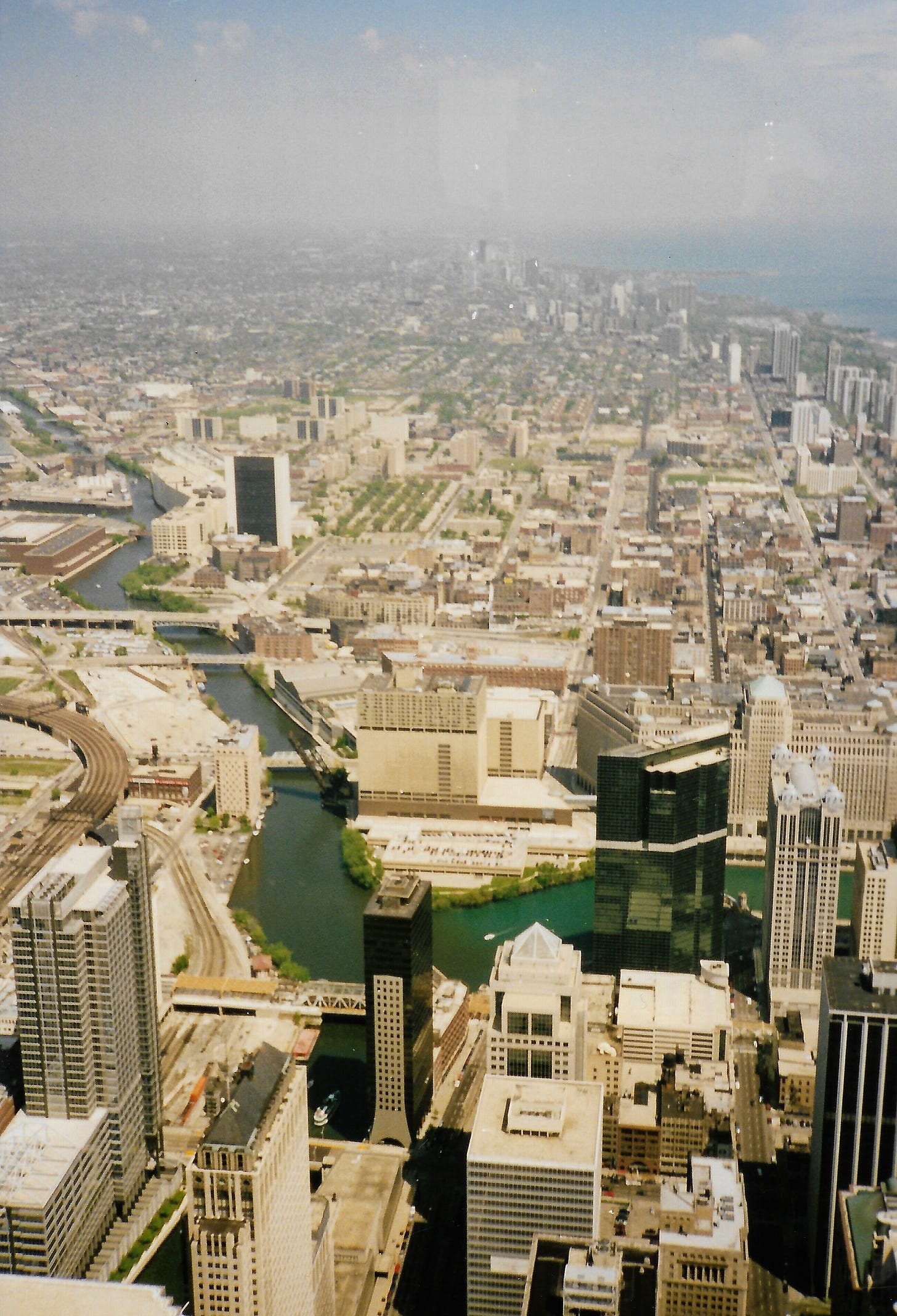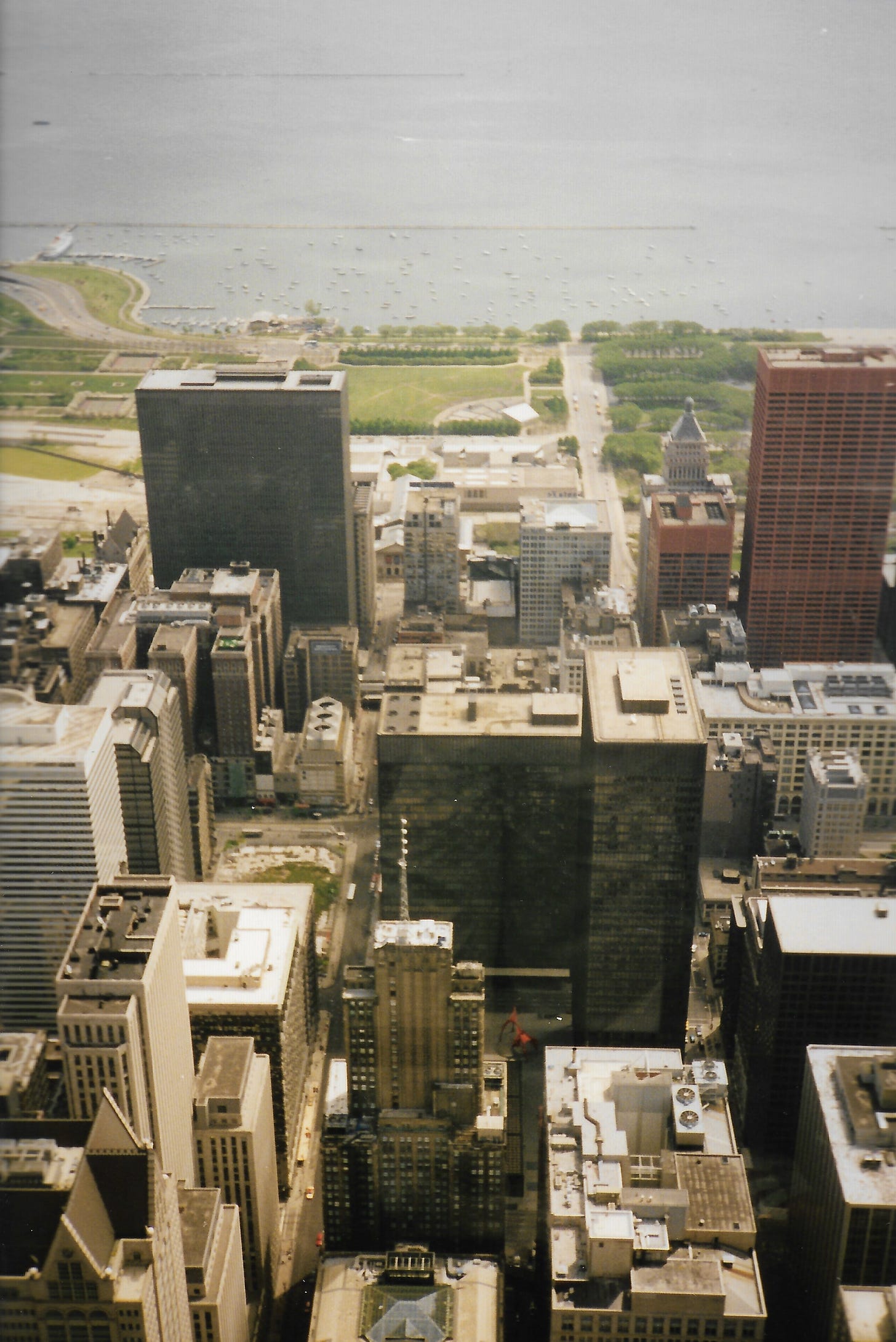Some of you won’t remember how we did the Internet back in the day. In the 90’s I had a laptop, you might almost call it a luggable. To access the Internet outside of my office, I had a cable and adaptor that I would plug into a telephone socket, which most hotels had beside the desk in your room.
You had to carry a few different cables because sometimes the connections varied, and sometimes you had to have a screwdriver to get into the neo block and connect direct.
Compuserve was a provider of Internet Services that would provide you with local numbers for most cities worldwide, and they had chatrooms based on your interests.
You would look up the local Compuserve access number, go to a screen and enter the phone number. In a hotel, you would precede the phone number with the number you needed to get an outside line, usually a 1 or a 9. Then you would put in a full stop, which told the modem to pause before dialling the rest of the number. Sometimes you would need more than one dot if it was a slow PABX. Then you waited for the familiar sound. This short video will play you the sound that told you if you were going to get connected or not.
Sometimes the number would be busy and you would have to select another one from the list that you printed off before leaving on your trip.
This was a big step up on how I used to travel, where all I could do was phone or send a fax.
It was through a blues chatroom on Compuserve that I met Dave. Dave was an ardent blues fan and at the time probably the most knowledgeable person of the genre I knew.
Being a blues fan from the age of 3, I found a kindred spirit and spent a lot of time chatting with him online. It was a slow tedious process back then, so it was more like sending short letters and then waiting for hours for a reply. The Internet speed at the time was around 56K. It, like the fax machine, used the landline, so I would have to get off the computer if someone wanted to use the phone at home.
In 1992, I decided to go and visit the FMI Conference in Chicago for the first time. FMI has been going for 75 years and is an amazing event. It combined food with retail technology and I was on the hunt for new agencies to import into New Zealand and Australia to complement our other premium brands. I was particularly interested in printers and touch screens.
I couldn’t believe my eyes when I arrived at the exhibition. It was HUGE! It made NRF in New York look small. There were 3 key areas for the exhibition. Technology, store design, and food. food caught my eye because there were maybe a thousand exhibits offering samples. I took photos of rotund chefs walking from one stand to the next juggling multiple sample plates on one arm while filling their faces. I tried a few samples, tried not to laugh at the spectacle, and quickly moved on to the technology. If I ever find the photos I will add them to this story.
I caught up with the people from Ithaca Printers, whom I had met in New York and would take up the exclusive agency for New Zealand and Australia the following year. That was a huge move. I wasn’t aware at the time, but Ithaca was the OEM manufacturer for the printers NCR put into ATMs in New Zealand. They decided it was easier and cheaper to buy them from me than it was to buy from their mother company that typically added mark-ups as it went through each phase before arriving into NZ.
I also met with Elo Touch the premier company in retail and kiosk touch screens and arranged to buy some samples with a view to picking up that agency, which we also subsequently did, although this one was not exclusive, it was a useful agency to a point, but never reached my boss’ minimum threshold for an agency of one million dollars in sales per year.
Even the non-exclusivity was a challenge because in those days that was our MO at Monaco and Mobex, which has now been rebranded as Shriro Australia. It was the only new product I brought it which ‘failed’. It was too early for touch screens.
Our business model was having exclusive distribution rights for New Zealand and Australia, versus brands that had an office in one of our two countries. It was a very successful model. I have to boast a little, because my Systems Division was the most profitable in the company, even if the brands weren’t as prestigious as others, like Pioneer and Toshiba.
You will know from previous posts that I am a big blues fan. The first thing I did when I got to the Sheraton at Navy Pier was walk to Jazz Record Mart. They had a massive collection of Jazz and Blues. I also went to Tower, another time, but JRM was awesome.
It was a bit of a hike back to the hotel with my bounty after spending hundreds of dollars on blues records, and it was only my first day.
I rang Dave and we arranged to meet near his apartment on Saturday evening. We would grab some food and then hit some blues clubs. When we met, it was like meeting an old best friend, except we had never met in the flesh. He took me to a deli close by and it was like something out of a movie. I had never been to a Chicago deli before and had never seen half of the foods laid out before us. I left it to him to decide, and we ended up with some rolls, various meats and potato salad.
We took the food to his apartment where he had a huge record collection and started rattling off about all the blues artists he had met, ranging from Buddy Guy to Luther Allison and Koko Taylor, and loads of others I hadn’t even heard of. It was too early to hit the clubs, so we listened to some records and I listened to him.
I didn’t have a camera with me, which is a real shame because we had an amazing night. The area he took me to, and I have no idea exactly where it was, had club after club, all featuring blues music. We must have visited about 10 during the night. In all but one of them, we were the only white people on the premises.
I was a bit intimidated, going into the first couple of clubs, but I needn’t have worried.
We didn’t have to pay to get in. The bouncers looked at us, with a “What’s up, Dave” and the bro handshakes would start. Going into the clubs, it was clear that he was on his home turf. All the artists knew him, the people behind the bars knew him and he was treated like a brother from another mother, by everyone. He was obviously a regular.
The night flew by and I felt like I was in music heaven. I got to meet loads of great musicians, young ones starting out, and old hands who once commanded significant fees, but now eked out a living playing in half-empty bars. They weren’t all half-empty, some were really jumping.
Eventually, it was time to part ways. Around 4 am Dave took me to a road and said to follow it for about 15 blocks and I would be back at my hotel.
Now the smart thing would have been to take a cab, but this fairly inebriated Kiwi wanted the fresh air to sober up and made the walk, revelling in the memories of the music I had enjoyed together with the hospitality and connections Dave introduced me to.
I walked, trying to look sober, ignoring people wanting to sell me drugs with a friendly wave and a “no thanks, man”.
I got back to the hotel and buzzed the locked door for someone to let me in. They looked around and asked where the taxi was.
They told me that I was extremely lucky to have got back in one piece. Chicago was a dangerous city, especially for people who weren’t street savvy.
What I didn’t know was that Chicago’s worst year for murders was that year, 1992, when 940 people were slain. That’s around 3 murders a day. I wouldn’t take that chance again!
The next day I went up to the top of the Sears Tower and looked down at a commercial building, that was quite tall. It had barbed wire on the roof. I asked someone what that was about and was told, that was the penitentiary and the top floor was their exercise yard. The barbed wire was to stop people from being broken out by helicopters.







This newsletter should be blowing up inboxes. If I don't see you featured by the end of the year, I'mma riot.